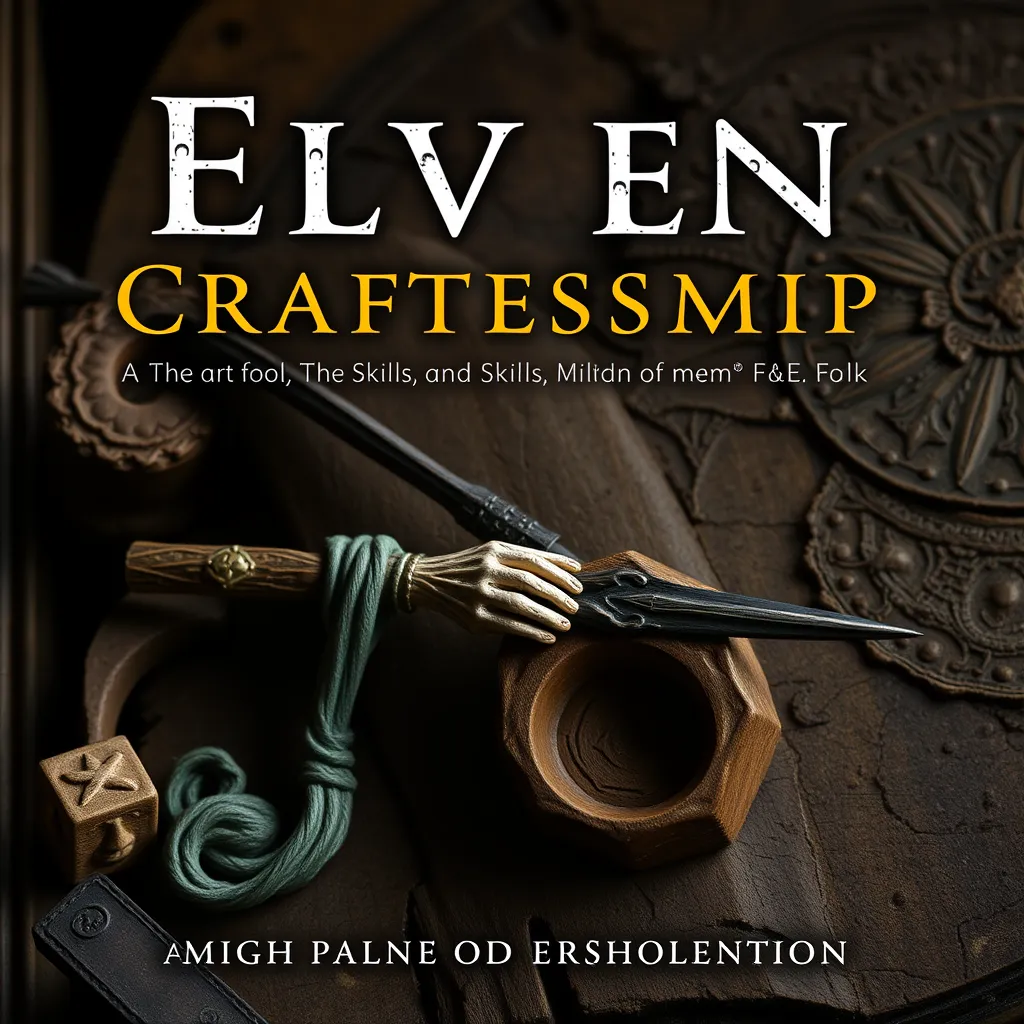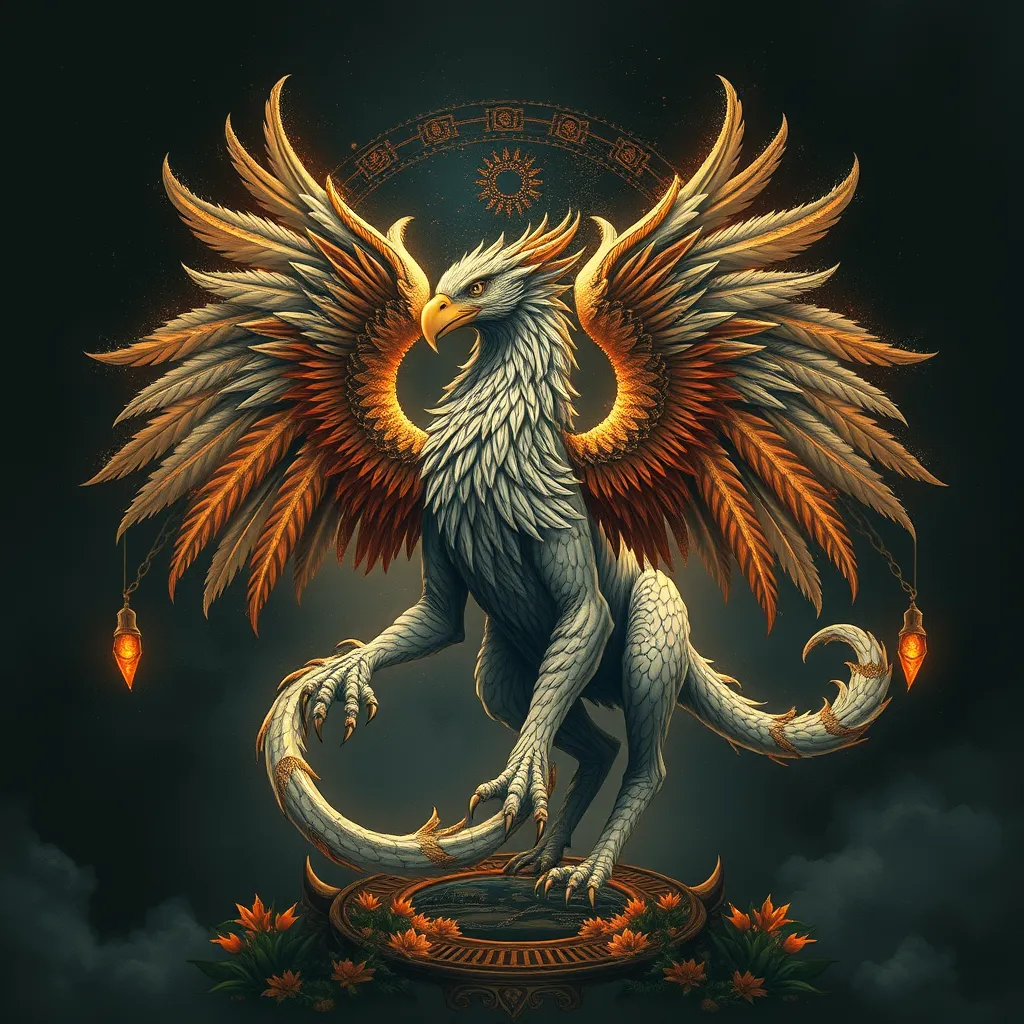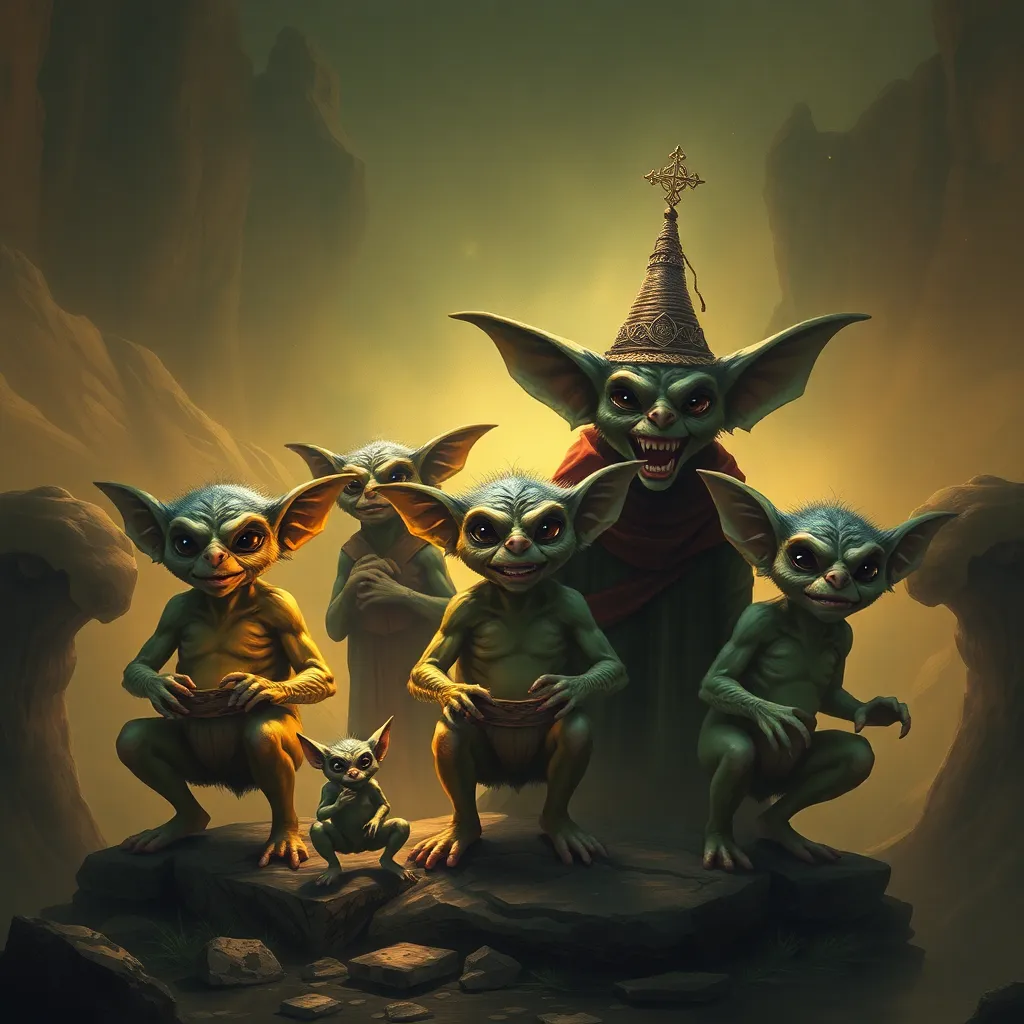Brownie Lore in Wales: The Tylwyth Teg & The Little People
I. Introduction
In the rich tapestry of folklore, brownies hold a significant place as household spirits, often depicted as helpful beings who assist in domestic tasks. Their presence in various cultures, particularly within Celtic traditions, highlights the universal appeal of such entities. In Welsh mythology, the Tylwyth Teg, a group of enchanting fairies, embodies a similar spirit, weaving a narrative that resonates through the ages.
This article aims to delve into the enchanting world of brownie lore in Wales, exploring the Tylwyth Teg and their connections to the Little People. By examining their characteristics, historical significance, and cultural impact, we hope to shed light on the enduring legacy of these fascinating figures.
II. The Tylwyth Teg: Who Are They?
The Tylwyth Teg, translating to “The Fair Family” in Welsh, are ethereal beings often associated with beauty, music, and nature. They are depicted as elegant and ethereal, with an affinity for the natural world. Traditionally, the Tylwyth Teg are described as:
- Graceful and enchanting, often appearing as beautiful young women and handsome men.
- Possessing magical powers, capable of bestowing blessings or curses upon humans.
- Associated with certain locations, particularly in rural Wales, such as hills, rivers, and ancient oak trees.
The origins of the Tylwyth Teg can be traced back to ancient Celtic beliefs, where they were revered as deities of the land. Their role in Welsh mythology is significant, representing the intersection of the human world and the realm of the supernatural.
When compared to other fairy-like beings from various cultures, the Tylwyth Teg stand out due to their deep connections with the Welsh landscape and their complex interactions with humans, often characterized by both benevolence and mischief.
III. The Role of Brownies in Welsh Folklore
Brownies, as domestic spirits, are rooted in the ancient Celtic belief system. They are typically characterized by their:
- Small stature, often depicted as being no taller than a child.
- Brown or earthy-colored clothing, blending into their surroundings.
- Friendly demeanor, although they can be mischievous if not treated well.
In Welsh folklore, brownies are closely connected to the Tylwyth Teg. Both embody similar traits of helpfulness and connection to the home, but brownies are primarily associated with domestic spaces, while the Tylwyth Teg have a broader association with nature and magic.
Numerous stories and legends in Wales feature brownies performing household chores, protecting families, and occasionally playing pranks on those who fail to show them gratitude. These tales serve as moral lessons, emphasizing the importance of kindness and respect toward all creatures, seen or unseen.
IV. The Little People: Myths and Beliefs
The term “Little People” in Welsh culture encompasses various supernatural beings, including the Tylwyth Teg and brownies. These entities are often perceived as guardians of nature and symbols of the land’s spirit. Notably:
- The Tylwyth Teg are seen as benevolent beings, while other fairy creatures may have more sinister reputations.
- Little People are often invoked in local myths and legends, serving as cautionary figures or protectors of the land.
The cultural impact of the Little People on Welsh society is profound. They are woven into the fabric of local customs, festivals, and oral traditions, influencing how communities relate to their environment and heritage.
V. Brownies as Domestic Spirits
Brownies are celebrated as household helpers, embodying the spirit of goodwill and cooperation. Their characteristics include:
- Being nocturnal, often completing tasks while the family sleeps.
- Having a strong sense of loyalty to the household that treats them well.
- Reacting negatively to neglect or disrespect, leading to mischievous behavior.
To appease these domestic spirits, families often performed rituals and left offerings, such as:
- Placing out bowls of milk or porridge as a gesture of gratitude.
- Keeping the house tidy, as brownies preferred cleanliness.
- Whispering words of thanks and recognition for their help.
The significance of brownies in rural communities cannot be overstated. They were believed to bring prosperity and good fortune, reinforcing the values of cooperation and respect within the household.
VI. Tylwyth Teg in Literature and Art
The Tylwyth Teg have inspired countless works of literature and art throughout Welsh history. Their representations can be found in:
- Poetry that celebrates their beauty and mystique.
- Folklore collections that preserve local myths and legends.
- Visual arts that capture their enchanting presence, often depicting ethereal landscapes and magical interactions.
Notable authors and artists who have drawn inspiration from Tylwyth Teg lore include:
- W. H. Davies, whose poetry often reflects on the beauty of nature and the mystical.
- Children’s books that introduce young readers to Welsh folklore, featuring the Tylwyth Teg as central characters.
VII. Contemporary Interpretations and Popular Culture
In recent years, there has been a revival of interest in Welsh folklore, significantly impacting tourism and cultural heritage. Modern interpretations of brownies and the Tylwyth Teg can be seen in:
- Film and television adaptations that explore mythical themes and characters.
- Literature that reimagines traditional stories for contemporary audiences.
- Art and crafts that celebrate Welsh folklore, attracting both locals and visitors.
This resurgence highlights the role of folklore in shaping modern Welsh identity, fostering a deeper connection to cultural roots and traditions.
VIII. Conclusion
The rich tapestry of brownie lore in Wales, intertwined with the enchanting tales of the Tylwyth Teg and the Little People, showcases a profound cultural heritage. These stories, steeped in history and tradition, invite us to reflect on the significance of kindness, respect for nature, and the mysteries of our world.
As we explore and preserve Welsh folklore and traditions, we honor the legacy of these captivating figures, ensuring that their enchanting stories continue to inspire future generations.



